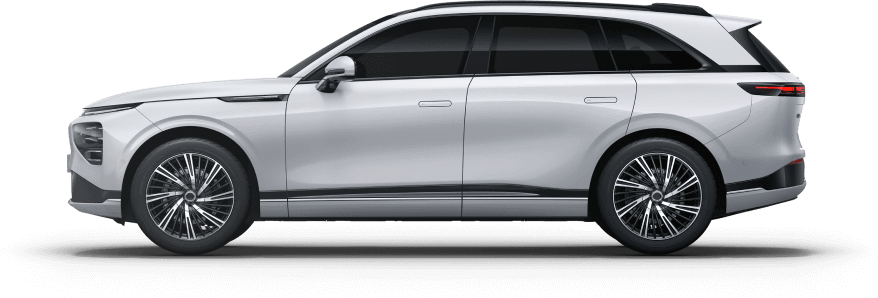The Chinese automotive industry is moving globally at an unprecedented pace, and its products are gaining a significant share of the international market, especially in Europe, thanks to their excellent price/performance ratio and fast iterative technology and design. For Polish and Lithuanian car dealers, the introduction of Chinese brands is a strategic opportunity to expand their product lines and meet the local market's demand for cost-effective and innovative models.
However, there are complex supply chain, regulatory compliance and marketing operations involved in moving from intention to successful sale. This guide aims to provide dealers with a clear, actionable understanding of the entire import process and answer key questions to help you start your China auto import business on the right foot.
Part I: Import process in detail (from source to showroom)
Supplier selection: laying the cornerstone of success
Core objective: To find reliable, experienced and familiar with the EU market Chinese car manufacturers or authorised exporters.
Recommended channels:
Specialised B2B platforms: e.g. Alibaba.com, Made-in-China.com - utilising platform screening, certification and evaluation systems.
International Auto Shows: Direct access to brands (e.g. Beijing/Shanghai International Auto Shows, Canton Fair Auto Zone).
Social media promotion, TK, FB, INS related social media on Chinese auto dealers.
Industry referrals: Referrals through industry contacts or professional trade organisations.
1.Key points of due diligence:
Qualification verification: Strictly check the business licence, import and export rights, and the EU WVTA of the target model.
Export experience: Ask for successful cases of exporting to the EU (especially Eastern Europe), copies of bills of lading or customer references.
Product Compliance: Confirm that the models supplied are fully compliant with current EU regulations (emissions, safety, environmental protection, etc.).
After-sales service capability: Evaluate its overseas after-sales support system (technical training, parts supply, maintenance manuals, diagnostic equipment).
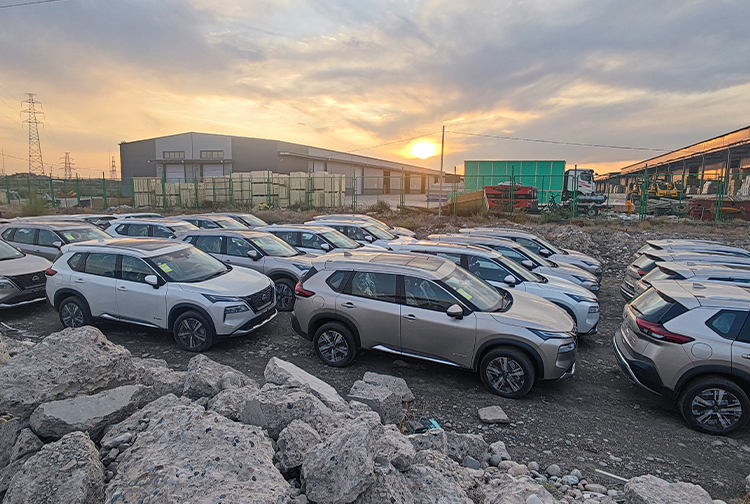
2. Product validation and negotiation of commercial terms
Clarify requirements:
Target Brands and Models: Select models suitable for local consumers based on market research (e.g. compact SUVs, EVs).
Configuration specifications: Determine in detail the engine type (fuel/hybrid/electric), drive mode, interior grade, colour, steering wheel position (left-hand drive), option packages, etc.
Form of import: Complete Car Unit (CBU) or Component Knock Down (CKD/SKD) - Initially, CBU is usually preferred.
Price terms: Specify the ex-works price and Incoterms® 2020 used, e.g. FOB (Free On Board at port of shipment) or CIF (Cost at Destination plus Freight with Insurance) CIF is usually more friendly to first-time importers, with the risk transferring at the port of destination.
Key Documents: Obtain detailed technical specifications and a copy of the EU Certificate of Conformity from the supplier.
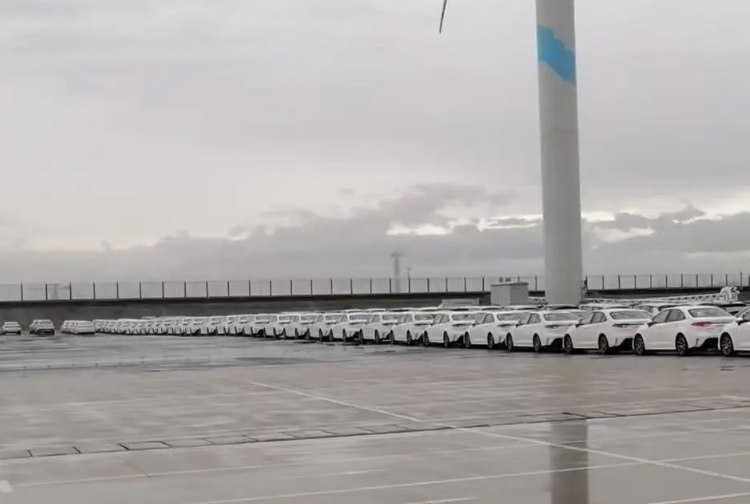
3. Contract Signing and Payment Arrangements
Legal Documents: Sign a legally binding international contract for the sale of goods, defining the rights and responsibilities of both parties, product specifications, price, delivery date, payment methods, quality assurance, and liability for breach of contract.
Supporting documents: The contract should be accompanied by Proforma Invoice, Commercial Invoice and Packing List.
Main Payment Methods:
Wire Transfer (T/T): Most common. Usual structure: 30% deposit + 70% payment by copy of bill of lading. Balances risk between buyer and seller.
Letter of Credit (L/C): Suitable for large transactions or newly established relationships, payment guaranteed by the bank, more expensive but safe. Ensure that the terms of the L/C are strictly in line with the contract.
Negotiation Points: Seek favourable payment terms, warranty terms.
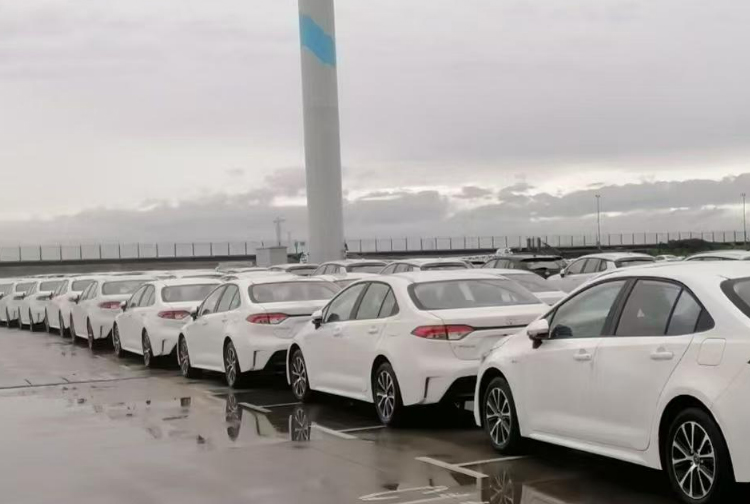
4. Export customs clearance, transport and insurance
Supplier's responsibility (under FOB/CIF): The Chinese supplier is responsible for completing the domestic export customs clearance, obtaining the necessary export documents (e.g. export licences, commodity inspection certificates (if required)) and delivering the goods to the designated port of shipment on time.
Mode of transport:
Sea freight: absolutely mainstream. Choose a reliable shipping company (e.g. Maersk, COSCO Shipping, Mediterranean Shipping).
Choice of destination ports (Poland/Lithuania and neighbouring):
Poland: Gdańsk - main deep water harbour.
Lithuania: Klaipėda - Lithuania's only seaport.
Alternative: Riga, Latvia - an important hub in the Baltic region.
Transit time: usually 30-45 days (depending on the efficiency of the route, transit and ports).
Insurance: It is strongly recommended to buy full marine cargo insurance (if the transaction is made on CIF basis, it is usually purchased by the supplier to the port of destination; if the transaction is made on FOB basis, it is necessary for you to arrange it by yourself).
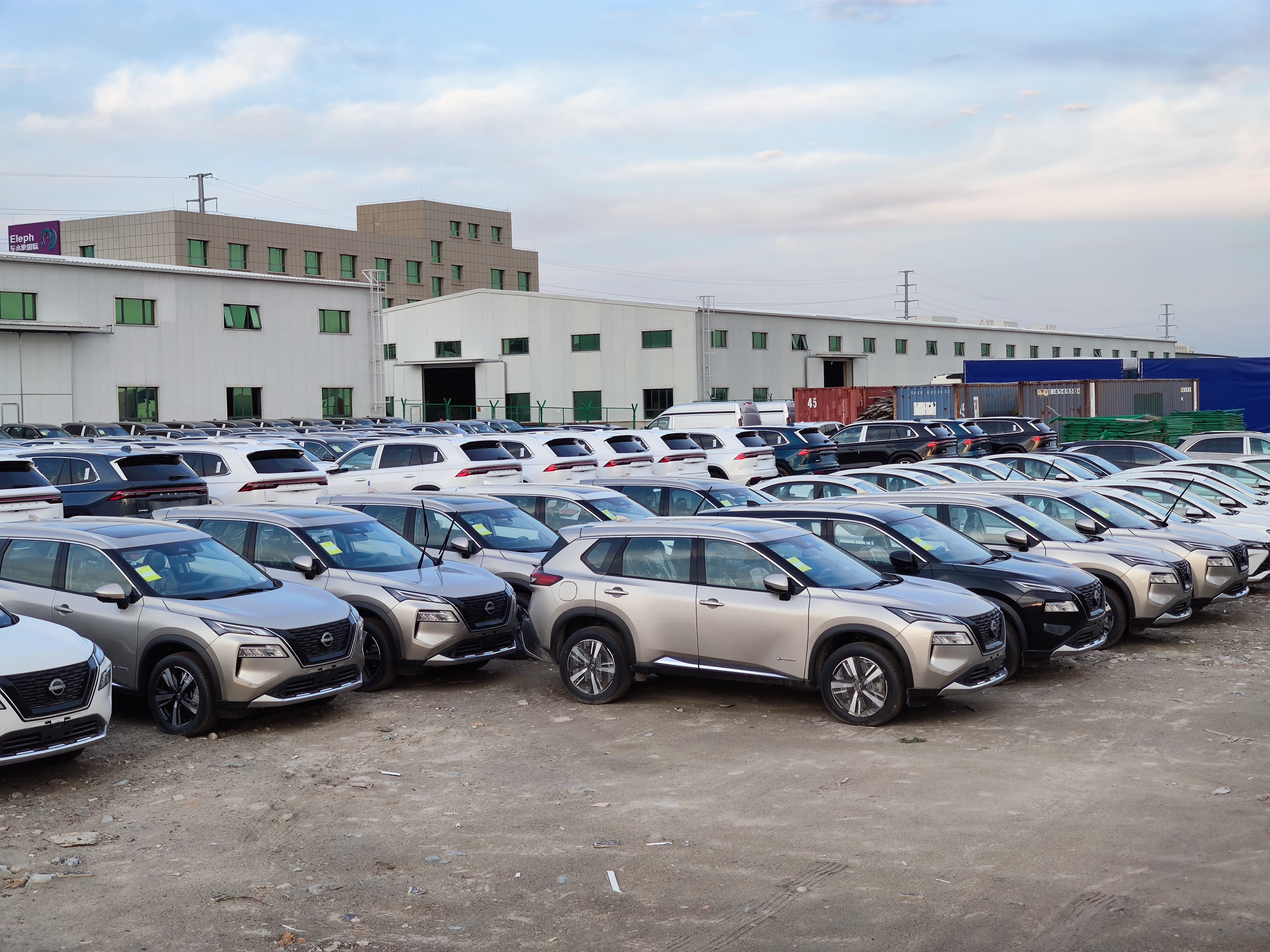
5. Destination customs clearance and local compliance registration
Customs Clearance Agents: It is highly recommended to hire experienced Polish/Lithuanian local customs clearance agents. They are familiar with EU customs regulations, tariffs, processes and required documents.
Core Customs Clearance Documents:
Bill of Lading (B/L) - original or telecopy
Commercial Invoice
Packing List
Certificate of Origin (CO) - usually issued by CCPIT
CoC - Certificate of Conformity for EU WVTA - the most critical document!
Transport insurance policy
Authorisation of Customs Clearance Agent
Duty calculation (EU harmonised framework):
Import Duty: Usually 10% for passenger cars (based on CIF price). Electric Vehicles (BEVs) are currently subject to 0% duty (subject to confirmation of the continuation of the latest policy).
Value Added Tax (VAT): 23% in both Poland and Lithuania (based on CIF price + customs duties + other customs clearance fees).
Other possible costs: harbour dues, terminal handling charges (THC), customs brokerage fees, costs for transport to warehouse, etc.
Local technical registration and certification:
Basic Certification: A valid EU WVTA CoC is a central prerequisite for vehicle registration in the EU. Ensure that the CoC information provided by the supplier is accurate.
Environmental Requirements: Fuel vehicles are required to meet Euro 6d or higher emission standards, REACH, RoHS and other chemical substance regulations also apply.
Registration process: After customs clearance, bring the CoC, purchase invoice, customs clearance documents, Vehicle Identification Number (VIN) topography, etc. to the Polish/Lithuanian Vehicle Registry (e.g. Wydział Komunikacji in Poland) to register the vehicle and obtain a local licence plate and driving licence.
Special requirements: Electric vehicles are subject to battery regulations (transport, recycling).
Part II: Key Challenges and Strategies
Product quality and reliability concerns:
Fact: Leading Chinese brands (e.g. BYD, Geely, MG) have invested heavily in R&D, manufacturing and quality control, and their export models to Europe generally meet or exceed international standards with long-term warranties.
Response:
Strict screening of suppliers: Prioritise brands with proven EU export experience and valid EU WVTA.
On-site inspection: If conditions permit, visit the factory.
Refer to case studies: Study the sales performance and third-party evaluation reports of the target brands in mature markets such as Germany, France, the UK and Norway.
Warranty utilisation: Clarify the warranty terms in the contract (scope, duration, claims process).
After-sales service network construction:
Core strategy:
Co-authorisation: Strive to become the brand's local authorised distributor/service provider to obtain direct technical, training and parts support from the factory.
Self-built/co-operative network: If not authorised for the time being:
Set up own workshop: train technicians (you can ask the factory to provide training) and invest in special diagnostic equipment.
Develop co-operative workshops: Establish strategic co-operation with local qualified and reputable independent workshops, with technical training and support provided by the factory or you.
Parts supply chain:
Initial kit: Include common wear parts and maintenance parts in the first vehicle orders.
Establish Local Stock: Establish a reasonable level of safety stock at key warehouses.
Supplier Commitment: Ensure efficient parts ordering and logistics solutions from suppliers (e.g. regular shipments, regional warehouse support in Europe).
Remote support: Utilise remote diagnostic technology provided by suppliers.
Market awareness and branding:
Key actions:
Experiential marketing: Provide sufficient test cars and organise test drive events.
Digital marketing: Precise advertising and content marketing (highlighting value for money, technology, design, energy efficiency/range) on major local social media platforms (Facebook, Instagram, YouTube, TikTok).
Media and KOL co-operation: Invite famous local automotive media and review bloggers to conduct in-depth test drive reports.
Localised communication: Marketing materials, website, and salespersons should be highly localised to clearly communicate the core value propositions: advanced smart technology (especially EVs), superb price/performance ratio, rich standard features, competitive warranty policy, and increasing manufacturing quality and design.
Participation in local motor shows: Increase brand exposure and direct access to potential customers.
Customs clearance and regulatory compliance risks:
A core defence:
Supplier Compliance: Choose a supplier that is well versed in EU regulations and ensure that it can provide complete, accurate and valid compliance documents (especially CoC).
Specialist clearance agents: This is one of the most important local partners. They will be able to pre-audit documents, accurately classify commodity codes (HS Codes), calculate duties and taxes, and handle potential inspections.
Pre-audit documents: Before the goods are shipped, ask the supplier to provide drafts of the documents required for customs clearance for you or your customs broker to review.
Stay up-to-date with the latest regulations: Keep up-to-date with changes in EU and Polish/Lithuanian policies on car imports, environmental protection (e.g. Euro 7 proposal), VAT, subsidies for electric vehicles, etc.
Part III: Conclusion and Suggestions for Action
The European automotive market is currently facing upward cost pressures and consumers are increasingly demanding high value, innovative technologies (especially electrification) and reasonable prices. Chinese auto brands are in a golden window to enter the European market with their leading edge in electrification and intelligence and strong cost control.
For Polish and Lithuanian dealers, the key to success is:
Rigorous supplier selection and due diligence.
Deep understanding and strict compliance with EU and national import regulations and technical standards.
Establishing strong local customs clearance, logistics and after-sales service systems.
Implementing effective localised marketing and consumer education strategies.
Establish long-term strategic partnerships with suppliers based on transparency and mutual trust.
By systematically planning and executing the above processes, importing cars from China will become a strong driver for your business growth and help you to take advantage of the competitive market.





.jpg)
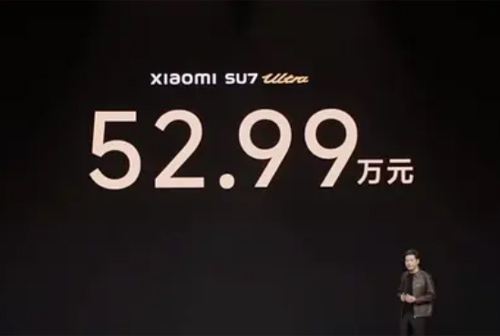
.jpg)
.jpg)
.jpg)
.jpg)
.jpg)
.jpg)
